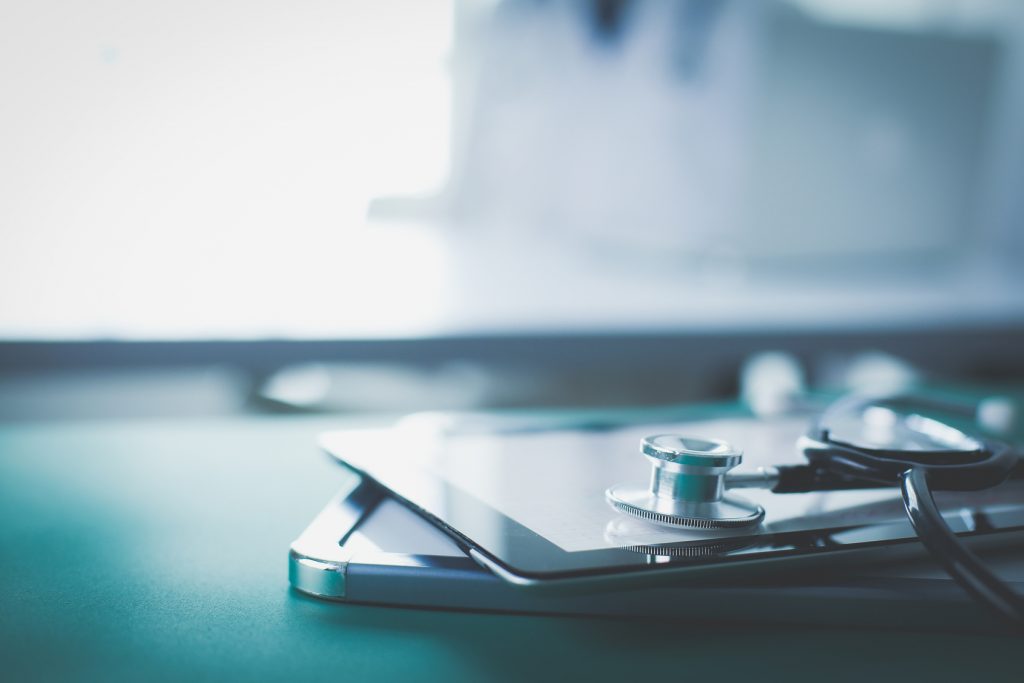EHR
TagRegulatory Changes Impacting Healthcare Providers in 2025
As we step into 2025, the healthcare landscape continues to evolve, driven by new regulatory changes aimed at improving patient outcomes, reducing costs, and enhancing the overall efficiency of the system. For healthcare providers, understanding a…
Optimizing EHR to Reduce Burnout? It’s Worth A Shot.
There is no one solution to fix physician burnout, considering it is a multifaceted issue, but optimizing EHR certainly can’t hurt.
Is the Professionalism of Doctors, Nurses Being Exploited?
Doctors, nurses often do what’s right by their patients, even if it comes at a high personal cost. Is their professional nature being exploited by those in charge?
Physicians Enthusiastic about How AI Can Help Them with Digital Diagnostics
AI has the ability to change the landscape of modern medicine, and take some of the burden off of physicians, if used correctly.
Physicians Are Plagued by EHR, but Few Are Asking Them How to Improve It
Despite documentation burden being a leading factor of physician burnout, organizations and EHR vendors are barely asking physicians how to improve.
5 Reasons Why The Modern EHR Must Be Mobile
A customizable, easy-to-use mobile interface can both improve common EHR efficiency issues and open the door to the meaningful use of EHR systems.
How Tech Can Undo Physician Burnout from EHRs
Solutions should reduce the burden of repetitive data input that now takes place and enable seamless ways for clinicians to talk to each other, experts say.
Patient & Professional Perceptions of Electronic Health Records
A new survey reveals that 32% of patients perceive having access to their EHRs is ‘very important’ to them.
Keys to Successful EHR Selection in a Value-Based Care System
Providers need to find health IT companies offering a high degree of usability and integrated solutions during the EHR selection process for value-based care success.
PCPs Spend More than Half of Workdays Interacting with EHRs
A new study of 142 family medicine physicians shows they spend an exorbitant amount of their day on clerical or administrative tasks.








